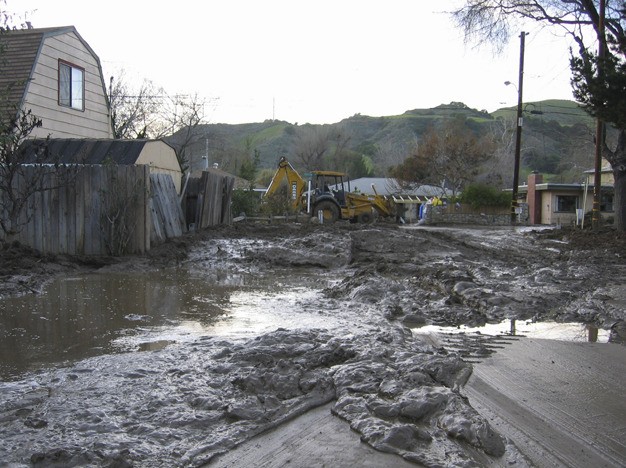By StatePointMedia
Special to the Reporter
You probably already know how important homeowners or renters insurance is to protecting yourself financially from natural disaster. But did you know that most standard insurance doesn’t cover flood damage — the most common and costliest natural disaster?
And all it takes is a few inches of water to cause major damage to your home and its contents.
“Even if you haven’t experienced flooding before, your home can be very vulnerable to flooding,” warns Jeanne Salvatore, consumer spokesperson for the Insurance Information Institute. “Floods can happen almost anywhere at any time, not just coastal areas in hurricane season.”
In fact, from November to April every year, the western states are particularly susceptible to flooding, as wildfires can cause fire-scorched land to become mudflows under heavy rain. So if you think you don’t need to worry about flooding, think again. According to the National Flood Insurance Program (NFIP), a federal program that provides property owners with protection against flooding, over 20 percent of NFIP claims are filed by people outside of mapped high-risk areas.
“The risk of flooding is real for nearly everyone, and it can happen in a flash. Not insuring yourself is basically placing a bad high-stakes bet,” Salvatore says.
By protecting yourself now, you can avoid heartache down the line. Here are some tips to help you navigate the potentially confusing waters of flood insurance:
• Don’t wait for catastrophe to strike so you can receive federal disaster assistance, which is usually a loan that must be paid back with interest. Insurance is more cost-effective and can help you get back on your feet more quickly.
• There’s usually a 30-day waiting period before flood policies take effect. So don’t wait until the next foreboding weather report to get insured.
• Flood insurance, which is recommended to almost everyone, is available through the NFIP to homeowners, renters, condo owners and renters, and commercial owners and renters. While rates are set and do not differ from company to company or agent to agent, opting for an experienced agent means you will get your questions answered properly. Visit www.floodsmart.gov or call (888) 223-9499 to assess your current risk for flooding and to locate an agent serving your area.
• Insurance is just the first step toward protecting yourself. There are several other things you can do to minimize losses in your home and ensure your family’s safety, such as planning and practicing a flood evacuation route with your family and creating a safety kit with drinking water, canned food, first aid, blankets a radio and a flashlight. Ask your insurance agent for more preparation tips or visit www.Ready.gov.
Remember, even though there is a heightened risk of flooding in western states between November and April, flooding can happen anytime, anywhere. Protect yourself and your finances by preparing now.
For more, go to floodsmart.gov.


